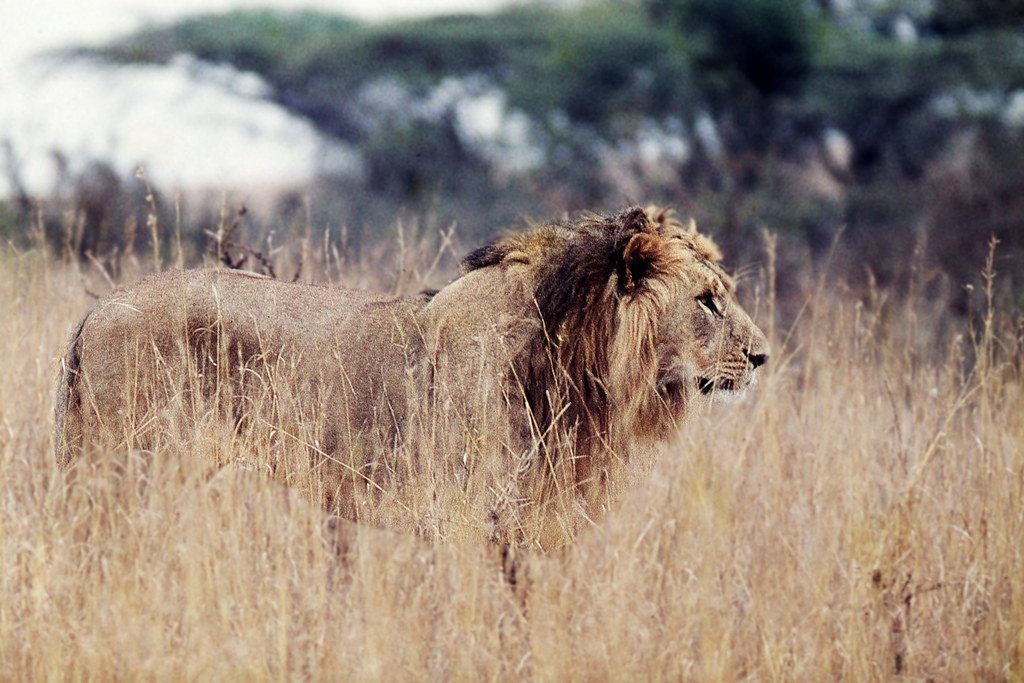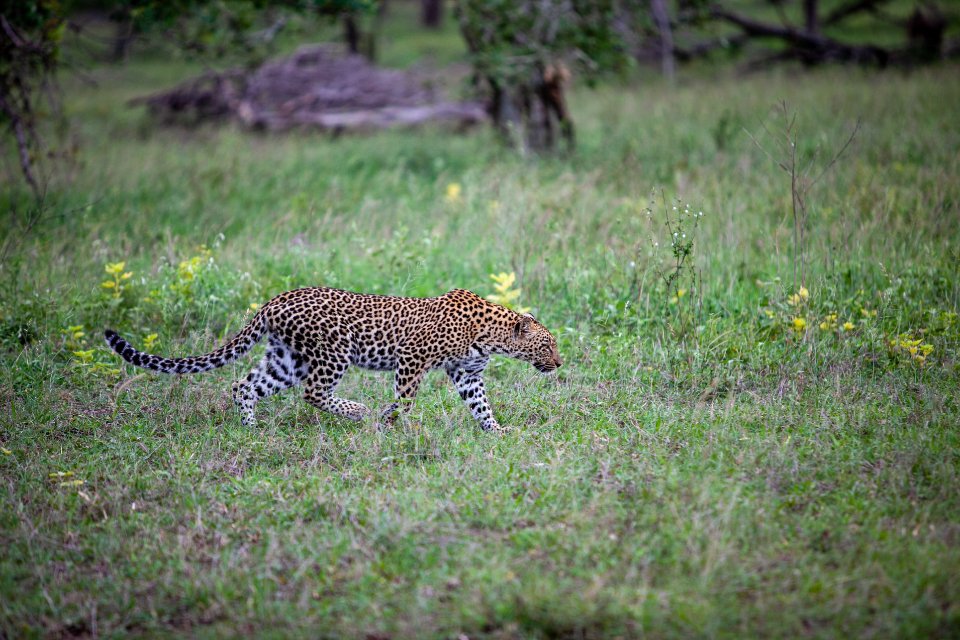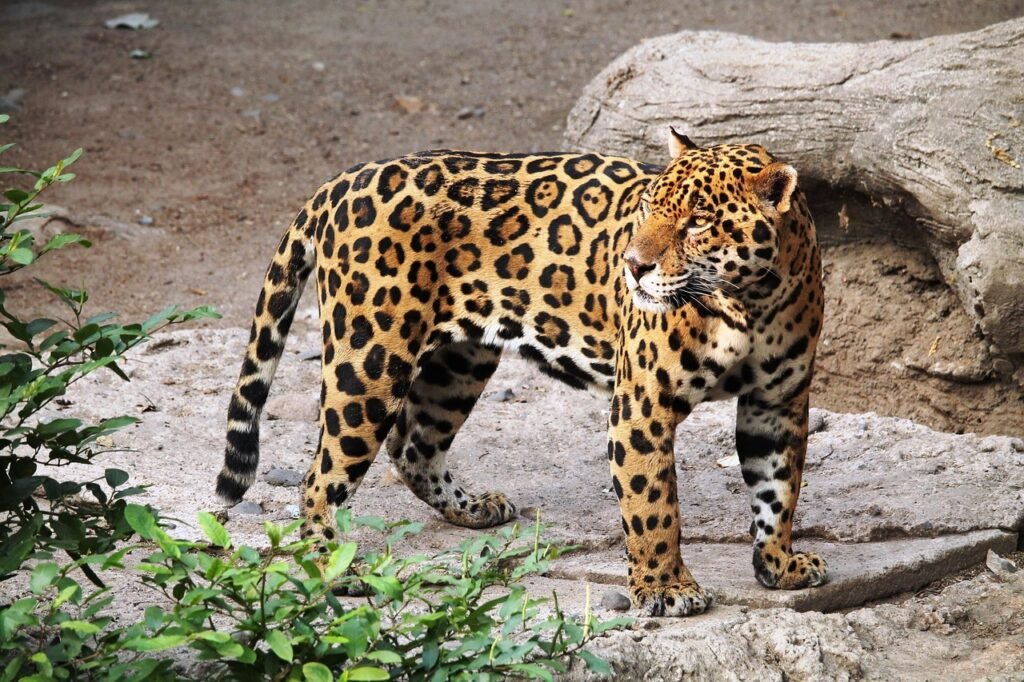Picture this: a massive male lion walking alone across the African savanna, his mane catching the golden light of sunset. You might wonder how such a powerful predator could survive without the support system we’ve always associated with these magnificent cats. The reality of solitary lions challenges everything we think we know about the “king of beasts.”
Most people assume lions always live in family groups called prides. Yet the truth reveals a far more complex story. Lions are very capable of surviving alone, especially male lions, though their journey as solitary hunters comes with extraordinary challenges that test their strength, intelligence, and willpower.
The Harsh Reality of Leaving the Pride

Every young male lion faces the same inevitable moment. Male offspring remain in the pride until sexual maturity is reached (typically around 2-4 years), at which point they are kicked out of the pride. This isn’t cruelty; it’s nature’s way of preventing inbreeding and maintaining genetic diversity.
At around three years old, male lions are typically expelled from their birth pride. This marks the beginning of their nomadic phase, a period filled with risk and uncertainty. Without the safety and support of a pride, they are essentially on their own. This transition can be a brutal and precarious time.
The Nomadic Phase: A Test of Survival

Once ejected from their birth pride, young males enter what researchers call the nomadic phase. Nomadic males typically wander along the peripheries of territories held by established prides, always on the lookout for an opportunity to challenge a ruling coalition. This wandering lifestyle can last several years.
Most young males will not make it to the age of ten. The nomadic years are fraught with danger, from territorial disputes with other males to the constant challenge of finding food. The life expectancy of a nomadic male is significantly shorter than a male who rules a pride.
Solo Hunting: A Dangerous Game

They can effectively take down a variety of prey, including wildebeest, zebras, and even buffalo, though hunting alone is significantly more difficult and risky. Unlike their female counterparts who hunt cooperatively, solitary males must rely entirely on their own skills and strength.
Studies have shown that lions hunting together can have a 30% success rate – nearly double the chances of lions hunting alone, which are between 17% and 19%. This dramatic difference in success rates means nomadic males face constant food insecurity, making every hunt a matter of survival.
The Scavenging Strategy

When hunting fails, solitary males turn to scavenging as a survival strategy. They also often scavenge when the opportunity arises. This isn’t just about stealing leftovers; it’s a calculated survival decision that reduces the energy expenditure and risk of injury that comes with active hunting.
They scavenge roughly similar proportions of their diet to their hunting efforts. Scavenging allows them to capitalize on the work of other predators while conserving their own energy for territorial disputes and eventual attempts to claim a pride.
Physical Adaptations of Solitary Life

The physical appearance of nomadic males tells the story of their struggles. Manes tend to be less developed in nomadic male lions. A fully developed mane is an indicator of a male’s age and dominance, so a nomadic male typically will not develop one until they have secured a place in a pride.
This underdeveloped mane isn’t just cosmetic. It reflects the energy demands of survival as a nomad, where every calorie must be directed toward staying alive rather than developing the impressive physical displays that signal dominance and attract mates.
Forming Coalitions: Strength in Numbers

Smart nomadic males understand that cooperation increases survival chances. While living as nomads, young males will eventually join up with their cousins, brothers, and sometimes unrelated males to form coalitions that boost their chance of securing their own territory. The size of a male lion’s coalition is usually what determines his survival.
Male African lions typically form coalitions of two to four individuals, although coalitions as large as six lions have been recorded. Male coalitions are typically made up of brothers or cousins, although some also include unrelated males. These partnerships dramatically improve hunting success and territorial defense capabilities.
The Samburu Exception: Born to Be Alone

In Kenya’s harsh Samburu region, lions have evolved a completely different strategy. Lions in this region show more flexible social organization, with some individuals living more solitarily than typical savanna lions. These lions prove that pride living isn’t always necessary for survival.
They’re also solitary, very active hunters; males and females come together briefly to mate. If you brought a Masai Mara lion to Samburu, it wouldn’t survive a day. They’re fat and spoiled, according to researcher observations. This adaptation shows the remarkable flexibility of lion behavior under different environmental pressures.
Territorial Challenges and Confrontations

This puts them constantly at risk of confrontation with older, more experienced males, who will not hesitate to defend their domain. Territorial disputes can be deadly, and nomadic males must constantly assess whether to fight, flee, or avoid conflict altogether.
The life of a nomad is therefore characterized by: Constant vigilance: They must remain acutely aware of their surroundings, avoiding any contact with dominant males. This hypervigilance takes a toll on their mental and physical well-being, adding stress to an already challenging existence.
The Price of Solitude

Living alone comes with severe disadvantages that go beyond just hunting difficulties. Without the protection and support of a coalition, a lone lion’s odds of surviving in the wild are slim. The social isolation affects their psychological state and reduces their chances of successful reproduction.
A lone male without a brother or cousin often teams up with another singleton. But if he does not, he’ll live an isolated life. And while a lone hunter gets the proverbial lion’s share, it will likely not survive alone in the wild. This stark reality drives most nomadic males to seek companionship or attempt pride takeovers.
When Solitary Males Take Over Prides

The ultimate goal for most nomadic males is to eventually claim their own pride. When they are strong enough and they find an opportunity, they will attempt to challenge the dominant male or coalition of a pride. If a takeover is successful, the new male or coalition of males will take over the pride and may kill any cubs that are not theirs.
This brutal aspect of lion behavior serves an evolutionary purpose. By eliminating existing offspring, new males can bring females into estrus more quickly, maximizing their own reproductive opportunities during their limited tenure as pride leaders.
Conclusion

The question of whether lions can survive without their prides has a complex answer. While capable predators like male lions possess the physical tools for solitary survival, the odds are stacked against them. The nomadic lifestyle extracts a heavy toll, from reduced hunting success to constant territorial threats. Yet some lions not only survive but thrive as singletons, particularly in harsh environments like Samburu where cooperation would actually be a disadvantage.
The truth behind solitary males reveals lions as remarkably adaptable creatures whose social structures respond to environmental pressures and survival needs. What do you think about it? Tell us in the comments.

Jan loves Wildlife and Animals and is one of the founders of Animals Around The Globe. He holds an MSc in Finance & Economics and is a passionate PADI Open Water Diver. His favorite animals are Mountain Gorillas, Tigers, and Great White Sharks. He lived in South Africa, Germany, the USA, Ireland, Italy, China, and Australia. Before AATG, Jan worked for Google, Axel Springer, BMW and others.



